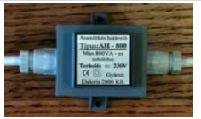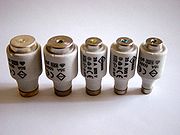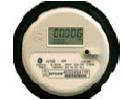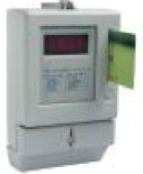Knowledge fuels change
For over a decade, Energypedia has shared free, reliable energy expertise with the world.
We’re now facing a serious funding gap.
Help keep this platform alive — your donation, big or small, truly matters!
Thank you for your support
Metering and Billing Systems
From energypedia
Revision as of 11:49, 2 June 2010 by ***** (***** | *****)
Standard kWh meter
Advantages
- technique is "state of the art"
- billing is fair and transparent
- reading can be uncoupled from tariff collection
- allows amount and time related tariffs (demand steering)
Disadvantages
- high costs (metering device)
- especially at rural areas in dev. countries the investment cost for a meter unit are way out of range
- dis- and re-connection in case of late payment
Pre-paid system with coins or cards
Advantages
- fair and transparent
- no meter reading
- no overdue costs
- no costs for dis- and re-connection
- close to “ability to pay”-variations
- coins less expensive than cards
Disadvantages
- relatively high cost for metering device
- less forgery proof
- costs for re-collection of coins and selling system for coins/cards
Current limiter / Fuses

|

|

|
Advantages
- simultaneously protecting against overcurrent (actual purpose
- cheap if simple versions
- no meter reading required => indirect power flat rate according to max. amperage
Disadvantages
- accuracy of cicuit breakers as load limiter fluctuates (even items from one batch have different trigger levels)
=> neigbours with same connections may be able to use different wattage - fault current breaker are rarely available in < 1 Ampere range (1 A / 220 V => 220 Watt)
- time of usage not considered; less fair
- melting fuses are available and cheap but very easy to bridge (also temporarily) => encouage missuse
Flat rate
Advantages
- very cheap (no metering or delimiting device)
- especially in rural areas of Indonesia quite common and accepted
- can be combined with number of appliances or installed wattage (social control)
Disadvantages
- provokes waste of electricity, no incentive for saving
- no load control / demand steering possible (peaks)
- less fair
Experience form Nepal : Innovative Metering
⇒ Back to Solar Section ⇒ Back to Hydro Section






















